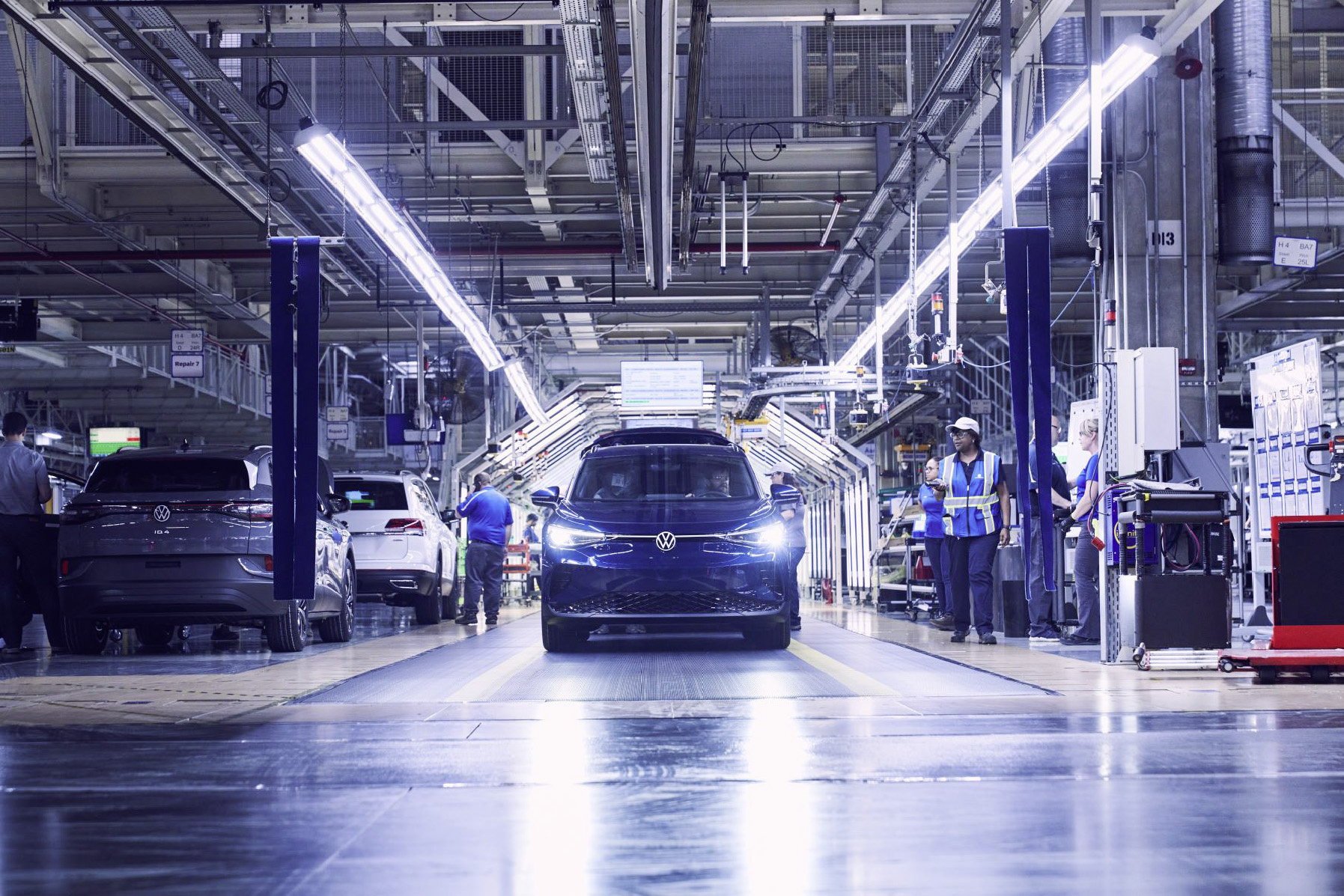If I were in competition in business, Tesla would be high on my list that I would not want to be in competition with. Most companies present some vector in which they're not particularly different, or even bad, relative to competition. That weakness is something that somebody else can do better and potentially build a business around.
My #1 concern as a Tesla owner, and TSLA shareholder, has always been service. Not that it's an actual business problem for me - just that its the closest thing to a weakness I can id. To be painfully clear - I view even service & support to be a competitive advantage for Tesla, if for no other reason its a lot easier to be consistent (vs. dealerships that each do their own thing, and get constraints on the mfg written into law), and the scalable tools are increasingly in place to make it better.
The kicker is that Tesla is being run by a CEO on a mission, and who is willing to lower profit margin (still making money and with generous free cash flow) in order to support a high growth rate. Business school folks learn that in such a dominant business position, the smart thing to do is lower the growth rate, max the revenue / unit, and get really big margins. There's a point on the supply/demand curve that yields the best business results (aka profit) and that's what the company should target.
Elon is perfectly happy with adequate margins and more units - it supports the mission. Were Tesla targetting that sweet spot on the s/d curve, there would be room at lower price and profit points for competition.
That doesn't leave much any room for competition to operate in. They've got to have better tech, better software, cheaper assembly, cheaper raw materials, lower corporate overhead, and/or flat out better cars. Something to find an edge. Otherwise their competitive position is "not-Tesla", for those that want to drive something different. Or really high end, and small volume, luxury.
Or just be dead even with Tesla and let the (HUGE) car market naturally bring a significant subset to your own cars. This is how I view the ICE car market. If for no other reason there are plenty of people that want to drive something different from the increasingly generic and ubiquitous Model Y. Just dead even across the board with Tesla isn't something I've seen anybody achieve yet (not units - on the ability to supply equally desirable units, and grow into actual competition).
Writing this out - I probably put Tesla #1 on that list I wouldn't want to be competing with




